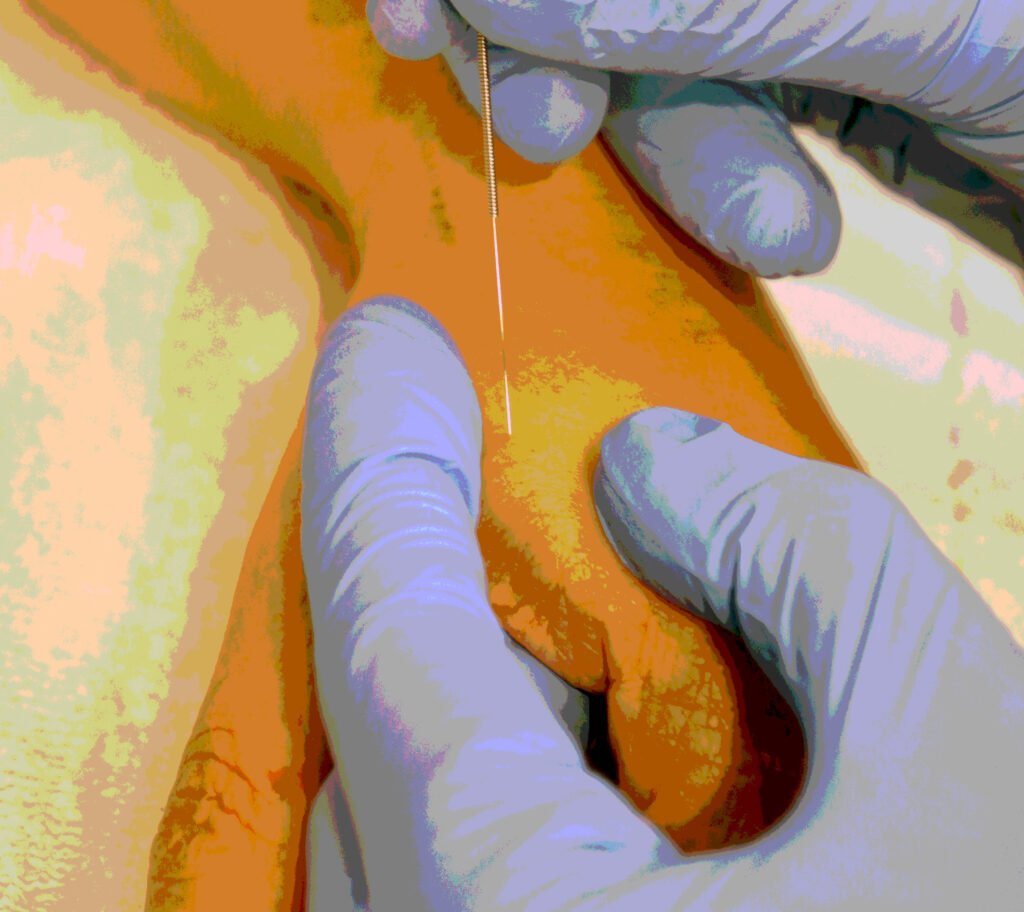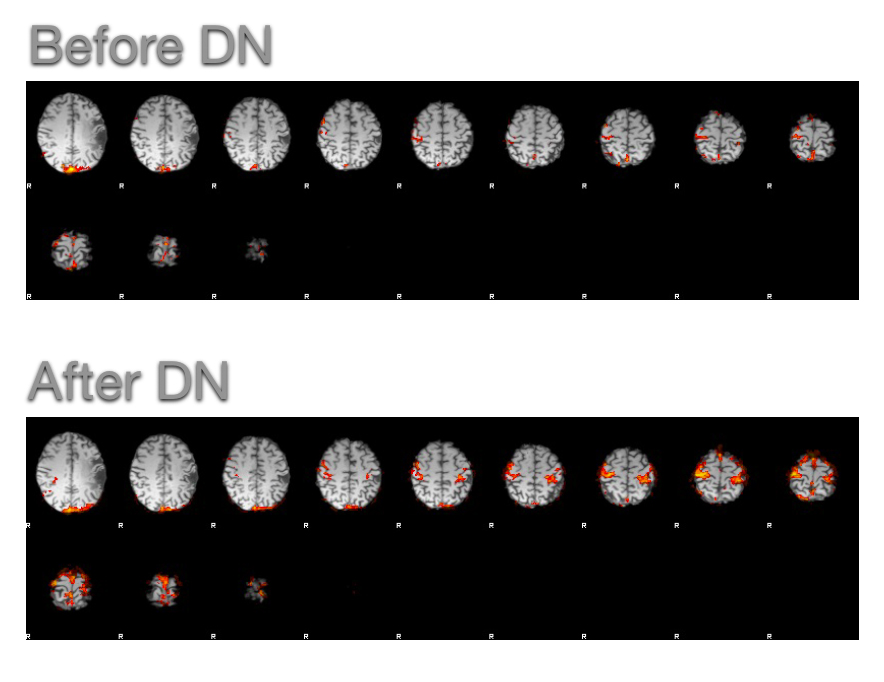When I started teaching dry needling courses in the US back in 1997, several physical therapists voiced their concerns, stating that invasive procedures were not part of physical therapy. One even suggested that my physical therapy license and membership in the American Physical Therapy Association should be revoked!
Twenty-seven years later, dry needling is so common that in most orthopedic and sports physical therapy clinics, at least one physical therapist uses dry needling with their patients. Dry needling is used primarily to decrease pain, increase range of motion and flexibility, and improve function. Besides physical therapists, occupational therapists, athletic trainers, chiropractors, acupuncturists, veterinarians, dentists, and physicians use dry needling.
Generally, neuro PTs and OTs typically do not use dry needling, although during the past decade, dry needling is increasingly being used to reduce spasticity in patients with cerebral palsy (Okonski & Dommerholt, 2022), a stroke (Tavakol et al., 2021), multiple sclerosis (Khalifeloo et al., 2022), or brain tumors (Bynum et al., 2020; Tavakol et al., 2019).
In the past, I have treated patients who had a stroke, but they usually came to seek relief of their painful shoulder, arm, or hand. I would use dry needling and target trigger points in the infraspinatus and other shoulder and arm muscles (Dilorenzo et al., 2004). As more published research suggested using dry needling to reduce spasticity, a whole new application of dry needling emerged: dry needling for neurologic conditions. A recent patient presented to our clinic about two years after he had suffered a stroke. He had significant spasticity in his left hand, especially of the adductor pollicis muscle. His hand function was significantly impaired, and he required assistance with most ADLs, including dressing and personal hygiene. The patient was a healthcare provider who was forced to retire after the stroke, but deep down, his dream was to go back to work if only he could regain hand function. Whether that would become a reality seemed questionable, but we agreed to try it and use dry needling of the adductor pollicis muscle as part of his physical therapy program. in combination with mirror box therapy, lateralization exercises, and task-specific training.
 With the dry needling, I did not focus on trigger points; instead, I needled the most hypertonic parts of the muscle. Of course, some of those areas likely corresponded to trigger points. The patient did have multiple global twitch responses involving several other thumb and hand muscles. We introduced the term “global twitch response” in the second edition of the Trigger Point Dry Needling textbook to differentiate the broader pattern from the more local twitch responses seen with trigger point dry needling (Dommerholt & Fernández De Las Peñas, 2018).
With the dry needling, I did not focus on trigger points; instead, I needled the most hypertonic parts of the muscle. Of course, some of those areas likely corresponded to trigger points. The patient did have multiple global twitch responses involving several other thumb and hand muscles. We introduced the term “global twitch response” in the second edition of the Trigger Point Dry Needling textbook to differentiate the broader pattern from the more local twitch responses seen with trigger point dry needling (Dommerholt & Fernández De Las Peñas, 2018).
The results were very encouraging. Even though the patient did not return to his previous job, his hand function improved greatly. He was able to open and close his hand and use this thumb in opposition, which means he could pick up small objects, such as a cup of coffee or a comb, and he was able to do basic ADLs, such as buttoning his shirt.  The results were in line with a case report I co-authored describing the effects of dry needling on post-stroke brain activity and muscle spasticity (Mohammadpour et al., 2021). Dry needling improved wrist flexor spasticity and hand function.
The results were in line with a case report I co-authored describing the effects of dry needling on post-stroke brain activity and muscle spasticity (Mohammadpour et al., 2021). Dry needling improved wrist flexor spasticity and hand function.
Before and after dry needling of the adductor pollicis muscle, the patient was evaluated with a functional MRI and hemodynamic changes were assessed using Blood Oxygen Level Dependent (BOLD) imaging. The imaging demonstrated that dry needling increased fMRI activity and intensity of BOLD activity in the affected primary motor cortex, the primary somatosensory cortex, the supplementary motor cortex area, and the unaffected primary motor cortex (Mohammadpour et al., 2021).
Dry needling to reduce spasticity is a relatively new application of dry needling. Clinicians who see patients with spasticity should consider dry needling as an increasing number of case reports, randomized controlled clinical trials, and meta-reviews support its use.
Photo by Ave Calvar on Unsplash
The Obvious Choice for Dry Needling Education
Related Courses by Myopain Seminars

The Dry Needling for Neurological Disorders course provides specialized training in managing spasticity for conditions such as stroke and cerebral palsy. Led by Dr. Pablo Herrero, this two-day course covers the use of dry needling to improve function, range of motion, and voluntary movement in neurological patients. Participants explore the history, evidence, and protocols of dry needling in a neuro context, gaining confidence to treat neurological conditions effectively.v
A few references
Bynum, R., Garcia, O., Herbst, E., Kossa, M., Liou, K., Cowan, A., & Hilton, C. (2020). Effects of Dry Needling on Spasticity and Range of Motion: A Systematic Review. The American Journal of Occupational Therapy, 75(1), 7501205030p7501205031-7501205030p7501205013. https://doi.org/10.5014/ajot.2021.041798
Dilorenzo, L., Traballesi, M., Morelli, D., Pompa, A., Brunelli, S., Buzzi, M. G., & Formisano, R. (2004). Hemiparetic shoulder pain syndrome treated with deep dry needling during early rehabilitation: a prospective, open-label, randomized investigation. J Musculoskeletal Pain, 12(2), 25-34.
Dommerholt, J., & Fernández De Las Peñas, C. (2018). Trigger point dry needling; an evidenced and clinical-based approach (Vol. 2). Churchill Livingstone.
Khalifeloo, M., Naghdi, S., Ansari, N. N., Dommerholt, J., & Sahraian, M. A. (2022). Dry needling for the treatment of muscle spasticity in a patient with multiple sclerosis: a case report [Article]. Physiother Theory Pract, 38(13), 3248-3254. https://doi.org/10.1080/09593985.2021.1978118
Mohammadpour, F., Ali Oghabian, M., Nakhostin Ansari, N., Naghdi, S., & Dommerholt, J. (2021). Effects of dry needling on post-stroke brain activity and muscle spasticity of the upper limb: a case report. Acupuncture in medicine : journal of the British Medical Acupuncture Society, 39(1), 69-71. https://doi.org/10.1177/0964528420920294
Okonski, T., & Dommerholt, J. (2022). Dry needling with electrical stimulation for the treatment of a pediatric patient with spastic cerebral palsy: a case report. Exploration of Neuroprotective Therapy, 2(6), 242-255. https://doi.org/10.37349/ent.2022.00031
Tavakol, Z., Shariat, A., Ansari, N. N., Ghannadi, S., Honarpishe, R., Dommerholt, J., Noormohammadpour, P., & Ingle, L. (2021). A double-blind randomized controlled trial for the effects of dry needling on upper limb dysfunction in patients with stroke [Article]. Acupuncture and Electro-Therapeutics Research, 45(2-4), 115-124. https://doi.org/10.3727/036012921X16112663844923
Tavakol, Z., Shariat, A., Ghannadi, S., Noormohammadpour, P., Honarpishe, R., Cleland, J. A., Ansari, N. N., & Moghimi, E. (2019). The effect of dry needling on upper and lower limb spasticity in a patient with a brain tumor. Acupuncture in medicine : journal of the British Medical Acupuncture Society, 37(2), 133-135. https://doi.org/10.1177/0964528419830401

